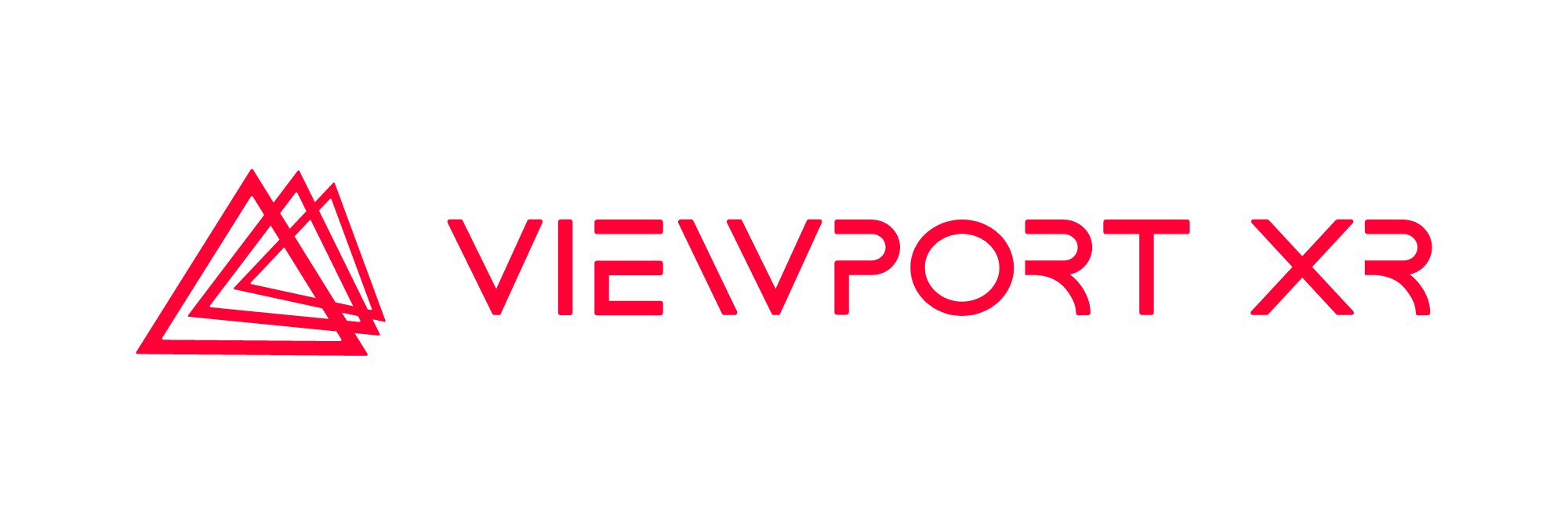The Distribution of the Modern Pixel
Thanks to modern technology, we’re capable of capturing video and images of unprecedented quality. The catch is that this higher quality media means exponentially larger amounts of data is required to store them. Of course this trade off makes sense since at its most basic level, the quality of any image or video comes down to the number of pixels used to create it. This is most commonly referred to as resolution and all most of us really need to know is that the higher the resolution, the more pixels that are involved and the more pixels that are involved, the larger the file in question becomes.
It stands to reason then that problems begin to arise when we consider that the vast majority of media- namely images and videos- need to be uploaded, downloaded, streamed and compressed in various forms by the average consumer on a daily basis and they want all of this to happen as quickly and easily as possible all without losing any of that original quality. In other words, it’s all well and good to have awesome quality content with enormous resolutions, but it doesn’t matter if it means that it takes forever to send it to a friend, watch it on Youtube or causes your graphics card to melt while playing a video game.
This essentially sums up the challenges we face as a VR developer incorporating the highest quality 3D 360 video capture in our Virtual Reality applications. We aim to deliver stunningly detailed Virtual environments to consumers that run smoothly on both the latest devices and the oldest and they key to achieving this goal comes down to how well we can manage the way we handle the media within our Virtual Reality environments.
Check out the article below to find out how Viewport Studios are not only riding the waves of the very latest in cutting edge technology in order to overcome these technological obstacles to deliver the very best in Virtual Reality experiences, but are one of the first (and potentially only) companies in Australia to do so.
